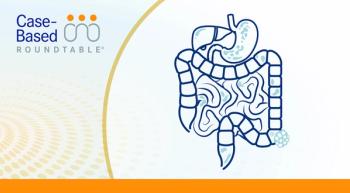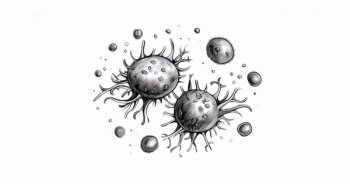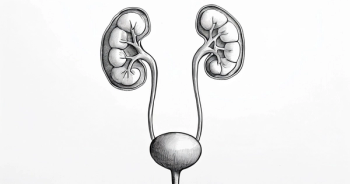
Targeted Therapies in Oncology
- October I
- Volume 12
- Issue 13
- Pages: 14
Agonistic Antibodies Need Further Carefully Designed Trials
The classes of cellular immunotherapies and those blocking negative regulatory signals, known as immune checkpoint blockade, have revolutionized cancer treatment.
During the past 5 years, various cancer immunotherapies have become commonplace, such as cellular therapy like chimeric antigen receptor (CAR) T cells primarily in hematologic malignancies. On the horizon are promising applications for solid tumors. In addition, we are at the cusp of formal FDA approval for tumor-infiltrating lymphocyte (TIL) therapies as adaptive cellular therapy for solid tumors. The classes of cellular immunotherapies and those blocking negative regulatory signals, known as immune checkpoint blockade (ICB), have revolutionized cancer treatment.
In addition to targeting negative regulatory signals, it has increasingly become understood that accelerators or positive signals can be modulated. The goal is to tune immune responses and provide regulatory enhancement to T lymphocyte activity and survival as an attractive area for therapeutic intervention. These therapies tend to be antibodies (Abs), similar to the anti–PD-1 or anti–CTLA-4 therapies; however, they trigger a positive signal to the lymphocyte in an agonistic fashion. These agonist Abs mimic the ligand by triggering a positive stimulation to the TIL, leading to proliferation, improved survival, and supportive metabolic alterations to persist and gain activity in the inhospitable tumor microenvironment.
What has been confusing is the lack of success of agonistic Abs, in contrast to the relative success of immune checkpoint Abs that block negative signals, such as through PD-1, CTLA-4, and more recently LAG3. Although ICB therapies remain challenging to identify in responsive patient subsets and biomarkers, blockade of a negative signal has led to greater success than triggering a positive signal through an agonist Ab. The latter is confusing, because it would seem easier to trigger an existing, positively signaling receptor with an agonist.
We need to design trials for on-treatment biopsies as monotherapy or in combination of agonistic therapies targeting positive stimulatory signals, in conjunction with inhibiting immune checkpoints that exist in the clinic, to tune in and modulate immune checkpoint therapies. A frontier of agonistic Abs stimulating lymphocyte function may augment the removal of inhibitory signals, but more careful trial designs are necessary. This is achieved through the sequencing of each Ab and varying doses to gain appropriate therapeutic benefit in restoring tumor-specific lymphocyte function, with parallel treatment biopsies to discern complex immune effects during treatment.
Articles in this issue
about 2 years ago
CAPOX Regimen Appears Noninferior to FOLFOX in Colorectal Cancerabout 2 years ago
ICOS Agonist Development Points to More Biomarkers







































